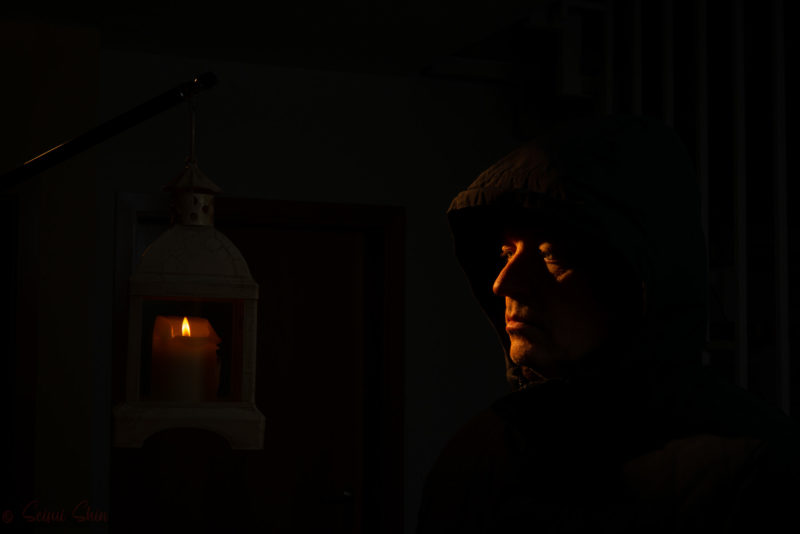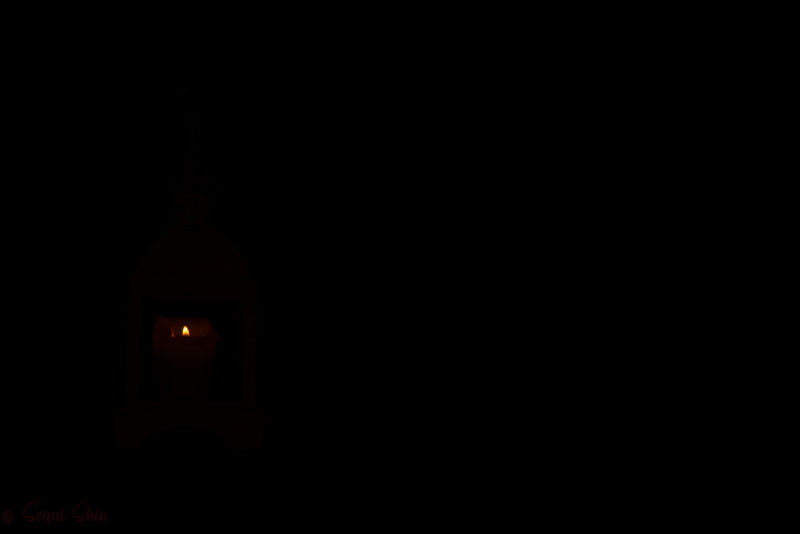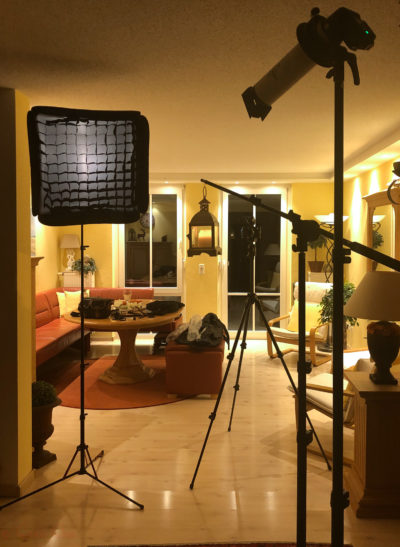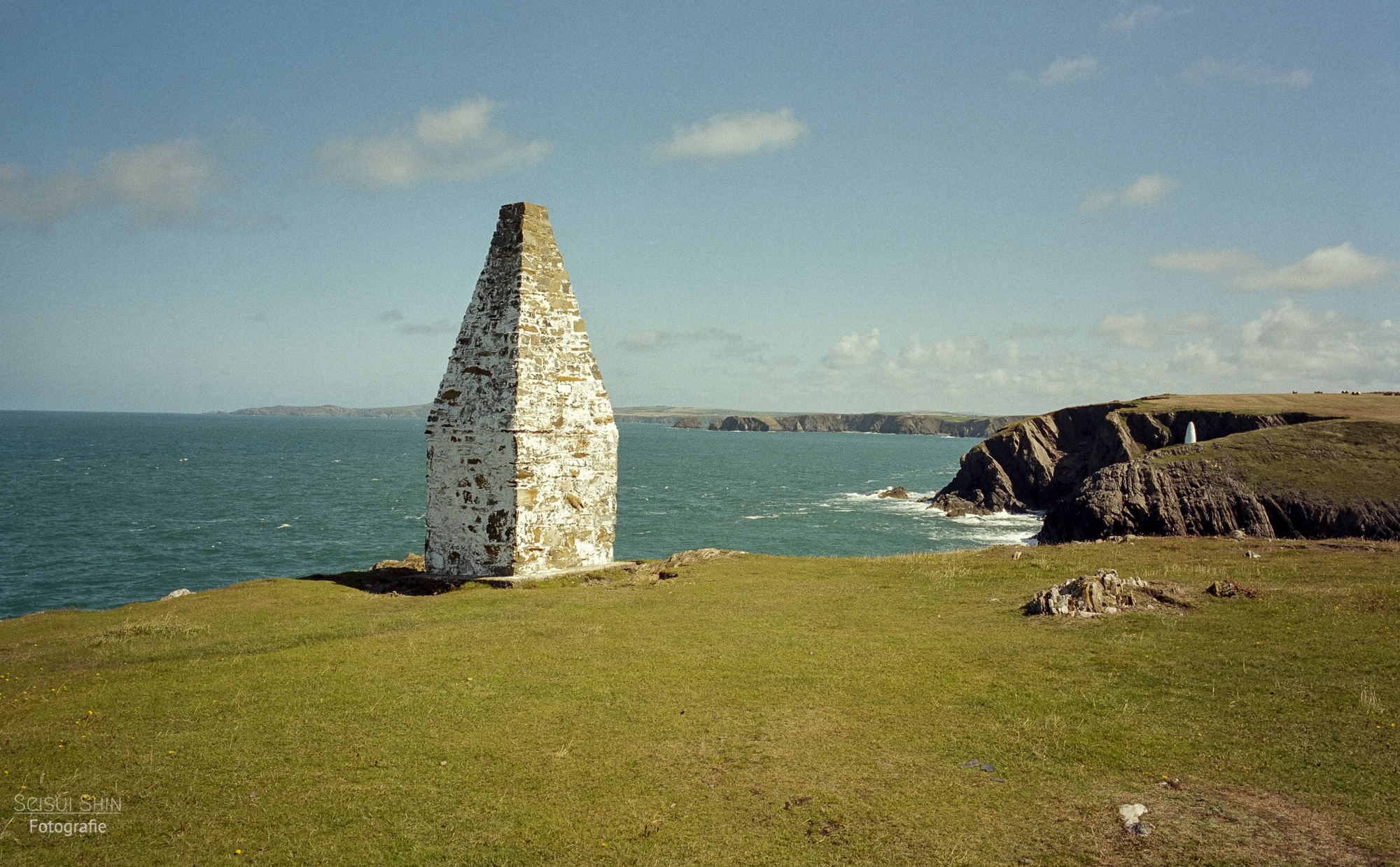Why flash – natural light is much nicer anyway!
Natural light can be incredibly great. It’s just there, we can use it, and it looks beautiful! But is it really just there? No. It’s at certain times, in certain places. When that is and how to find it – I may write a blog article about that someday too. But for the introduction, let’s say “beautiful” natural light isn’t always there. And certainly not where we would like it to be, i.e. where our subject is. We can ask people to go where the light is better, but is the background the way we want it?
If we want to do a portrait, for example, we need a model who has time and desire and does not say: “I have not done the hair”, “I am not properly made up” or “I do not have the right thing on”.
But if all that is right, we need a suitable location and the right light! This can be quite great if you know when the light is good at a previously selected location. And then it rains and nothing works….
Besides, later we will also learn how to make the natural light maybe even better. And maybe I also want to “paint” with light. That is, create the light to match my image idea. Light can sculpt a body or a face just as a sculptor can. Please don’t get me wrong. I love paintings with natural light. And it is certainly an art to work with it. But often the available light sets limits for us. Not every image is possible with natural light.
And some pictures look quite natural, although that would not have been possible with natural light. Our human eye can do incredible things in conjunction with our brain. It can handle contrasts where our cameras only see white or black.

Great how the candle so naturally illuminates the face doesn´t it?
Unfortunately complete fake! If I expose a candle flame so that you see the flame in all details and not as an overexposed white spot, then the face next to it looks like this:

The candle is not that bright. If we want to use it to light a face, we have to make a long exposure, or turn up the ISO massively. The flame itself is then a white spot. Also, the light from the front or slightly below is not pretty. We all know the effect when we shine a flashlight on ourselves from below. Great for Halloween – but for a self-portrait? You have to like it 😉
So how did the picture come about?
Like this:


You can learn how to do this in detail here. But before we get into the more complicated topics, I suggest we start from scratch.
By the way, all this doesn’t have to be terribly expensive and some of it can be easily built by yourself.
The main light here comes from a tube that bundles the light into a small circle:

What the packaging of a good single malt whisky isn’t good for.
And the content puts you in the right mood for a self-portrait. If you’re interested in getting creative with light, then read the upcoming part: Flash Course Part 2: What do I need?
To be continued…



Leave A Comment